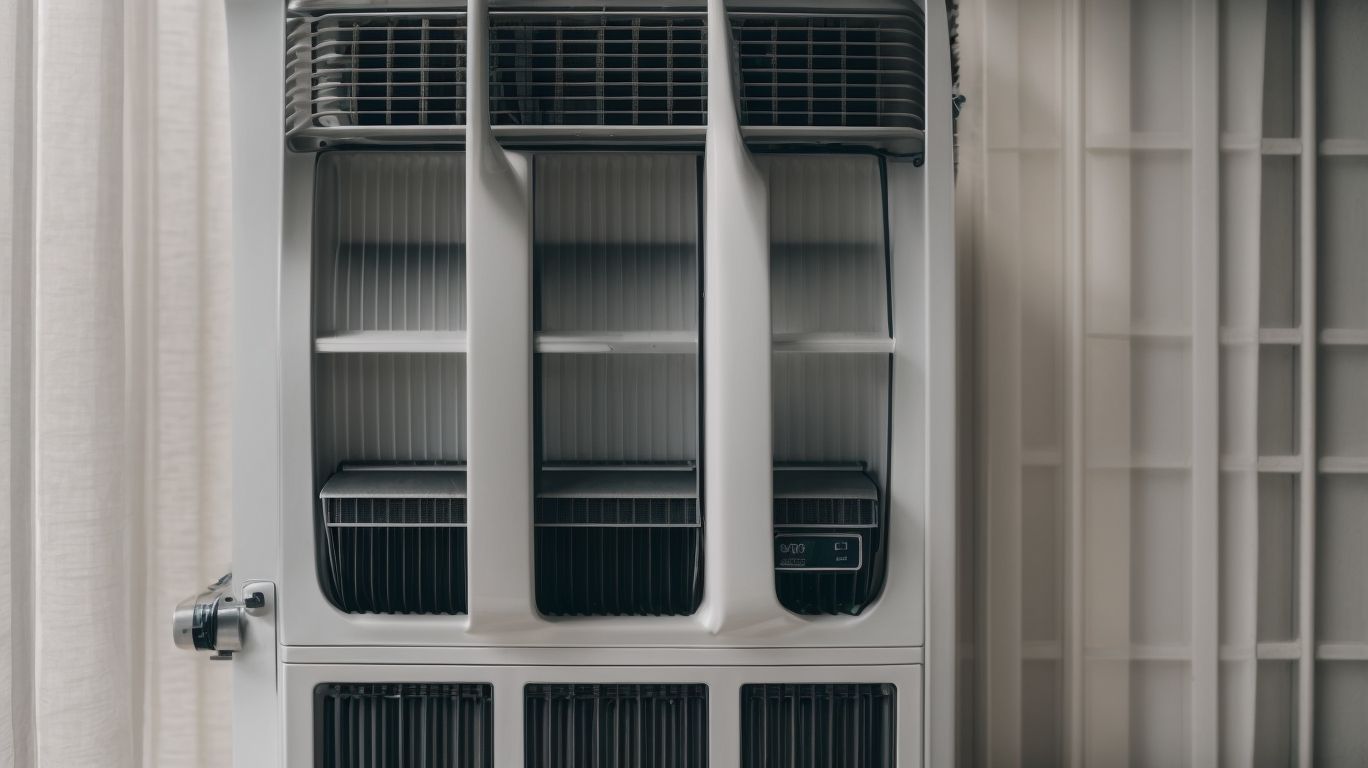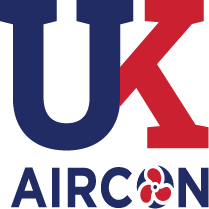As the weather warms up and we spend more time indoors, it’s important to consider the quality of the air we breathe. Allergies are a common concern, affecting millions of people each year. If you want to improve your indoor air quality and reduce allergy symptoms, air conditioner filters are a simple yet effective solution. Let’s explore how they work and why they are a must-have for your home.
What Are Allergies?
Allergies are an overreaction of the immune system to substances that are typically not harmful. Common allergens include pollen, dust mites, pet dander, and certain foods. When these allergens enter the body, the immune system mistakes them for a threat and produces antibodies to fight them off, leading to allergic symptoms. These symptoms can range from mild, such as sneezing and itching, to severe, like anaphylaxis.
Understanding what allergies are and identifying specific triggers is crucial in managing and preventing allergic reactions. It allows individuals to take necessary precautions, such as using air conditioner filters to reduce indoor allergens, and seeking appropriate medical treatment.
What Causes Allergies?
Allergies are typically caused by the body’s immune system reacting to substances such as pollen, pet dander, dust mites, or certain foods. When these allergens are encountered, the immune system overreacts, producing antibodies that release chemicals such as histamine, leading to allergy symptoms. Understanding what causes allergies can help individuals take proactive measures to minimize exposure to these triggers and manage their symptoms effectively.
Fact: Did you know that more than 50 million people in the United States experience various types of allergies each year, making allergies the 6th leading cause of chronic illness in the country?
How Can Air Conditioner Filters Help with Allergies?
Filter Type: Choose high-efficiency particulate air (HEPA) filters, which can trap allergens like pet dander, pollen, and dust mites effectively.
Regular Replacement: Replace filters every 60-90 days to maintain their effectiveness in capturing allergens.
Proper Fit: Ensure the filter fits snugly in the HVAC system to prevent air bypass, which can carry allergens into the living space.
Maintenance: Schedule professional HVAC system maintenance to keep the air conditioner and filters clean and functioning optimally.
Air Purification: Consider using air purifiers with HEPA filters in conjunction with the air conditioner to further reduce allergens indoors.
What Types of Allergens Can Air Conditioner Filters Remove?
Air conditioner filters can effectively remove various allergens, such as dust mites, pollen, pet dander, mold spores, and even some bacteria and viruses. Different types of air conditioner filters target specific allergens to provide relief to allergy sufferers.
For instance, pleated filters can capture smaller particles like pet dander and mold spores, while HEPA filters are capable of trapping even tinier particles such as pollen and dust mite feces.
What Are the Different Types of Air Conditioner Filters?
When it comes to maintaining clean air in your home, choosing the right air conditioner filter is crucial. With a variety of options on the market, it can be overwhelming to determine which type of filter is best for your needs. In this section, we will discuss the different types of air conditioner filters available and their unique features. From fibreglass to HEPA filters, each type offers its own benefits and we will explore how they differ from one another.
1. Fibreglass Filters
Fibreglass filters are the most basic and economical option for air conditioner filtration. They consist of layered fiberglass fibres, designed to capture larger particles like dust and dirt. These filters are suitable for protecting the HVAC system from debris buildup. However, they are less effective at trapping smaller allergens like pollen and pet dander. Consider upgrading to higher efficiency filters like pleated, electrostatic, or HEPA filters for better allergen removal.
2. Pleated Filters
High Efficiency: Pleated filters offer a higher efficiency in capturing small particles due to their extended surface area.
Improved Air Quality: These filters effectively trap allergens such as pollen, pet dander, and dust mites, enhancing indoor air quality.
Longevity: With proper maintenance, pleated filters have a longer lifespan compared to standard fiberglass filters.
Compatibility: They are compatible with various HVAC systems, providing flexibility for users.
Pleated air filters were first introduced in the 1940s as an innovative solution to enhance air quality in homes and commercial spaces. Their design and efficiency have since evolved, making them a popular choice for allergy relief and overall air purification.
3. Electrostatic Filters
Electrostatic filters use self-charging fibres to attract and trap small particles, including allergens like pollen, pet dander, and dust mites. These filters are reusable and can be washed, making them cost-effective and environmentally friendly. Regular cleaning is essential to maintain their efficiency in capturing allergens. It’s crucial to follow the manufacturer’s instructions for cleaning and replacing electrostatic filters to ensure optimal allergy relief.
When considering electrostatic filters, prioritise proper maintenance and adhere to the recommended cleaning schedule for effective allergen removal.
4. HEPA Filters
HEPA filters are highly efficient at capturing airborne particles, making them an excellent choice for allergy relief. Here are steps to consider when using HEPA filters:
- Identify Filter Size: Ensure the HEPA filter fits your air conditioning system correctly to maximise its effectiveness.
- Check MERV Rating: Look for a Minimum Efficiency Reporting Value (MERV) of 17 to 20 for true HEPA performance.
- Replace Regularly: Follow manufacturer recommendations for filter replacement, usually every 6 to 12 months, to maintain optimal filtration.
- Consider Filter Upkeep: Keep the surrounding area clean to prevent particles from accumulating and decreasing filter efficiency.
For enhanced allergy relief, consider pairing HEPA filters with regular cleaning and the use of air purifiers in your home. Keeping windows and doors closed can also contribute to reducing allergen exposure.
How to Choose the Right Air Conditioner Filter for Allergy Relief?
Identify Allergens: Determine the specific allergens triggering your allergies, such as dust, pollen, or pet dander.
Filter Ratings: Choose filters with high Minimum Efficiency Reporting Value (MERV) ratings, ideally between 8-13, to capture smaller allergen particles.
Filter Type: Opt for High-Efficiency Particulate Air (HEPA) filters, electrostatic filters, or pleated filters for enhanced allergen removal.
Regular Replacement: Replace filters every 60-90 days to maintain optimal efficiency in trapping allergens.
Air Purification Systems: Consider whole-house air purifiers or standalone air purifiers to complement the filtering process.
Pro-tip: In addition to using high-quality filters, keep indoor humidity levels below 50% to discourage mold growth, further alleviating allergy symptoms.
What Are the Factors to Consider?
When selecting an air conditioner filter for allergy relief, several factors need consideration:
- Filter type: Choose from fibreglass, pleated, electrostatic, or HEPA filters based on the specific allergens you aim to eliminate.
- Allergen removal efficiency: Ensure the filter effectively captures allergens like dust, pollen, pet dander, mold spores, and other airborne particles.
- MERV rating: Consider the Minimum Efficiency Reporting Value to determine the filter’s ability to trap particles of varying sizes.
- Lifestyle and budget: Evaluate factors such as the frequency of filter changes, maintenance requirements, and cost-effectiveness.
How Often Should Air Conditioner Filters Be Changed for Allergy Relief?
Check the Filter: Inspect the filter every 30 days during peak usage to assess its condition and replace it if it appears dirty or clogged.
Seasonal Changes: In high-allergen seasons, such as spring and autumn, consider replacing the filter every 60 days to minimise allergen exposure.
Consider Air Quality: If your area has poor air quality due to pollution or high pollen counts, change the filter every 45-60 days to alleviate allergy symptoms.
Pro-tip: Keep a stock of replacement filters on hand to ensure timely changes, promoting consistent allergy relief.
Other Ways to Reduce Allergens in the Home
While air conditioner filters can be highly effective in reducing allergens in your home, they are not the only solution. In fact, there are several other ways you can further minimize allergens and improve your indoor air quality. From simple tasks like regular cleaning to investing in an air purifier, we will discuss various methods to keep allergens at bay. We will also explore the importance of keeping windows and doors closed to prevent outdoor allergens from entering your home. Let’s take a look at these alternative methods for fighting allergies.
1. Regular Cleaning
Dust surfaces and vacuum carpets weekly to eliminate dust mites, pet dander, and pollen.
Use a damp cloth for dusting to prevent allergens from becoming airborne.
Wash bedding, including sheets, pillowcases, and blankets, in hot water every week to remove allergens.
Clean curtains, rugs, and other soft furnishings regularly to reduce allergen buildup.
Regularly clean air ducts and vents to prevent the circulation of dust and other allergens.
2. Using an Air Purifier
Placement: Position the air purifier in the room where you spend most of your time, preferably the bedroom or living room.
Filter Type: Choose an air purifier with a HEPA filter as it effectively captures allergens such as dust mites, pollen, pet dander, and mold spores.
Proper Maintenance: Regularly clean and replace the filters as recommended by the manufacturer to ensure optimal performance.
Air Purifier Size: Consider the size of the room when selecting an air purifier to ensure it can effectively clean the air within that space.
When using an air purifier, it’s essential to consider factors like placement, filter type, maintenance, and room size. Following these steps can significantly reduce allergens in your home, providing a healthier environment for allergy relief.
3. Keeping Windows and Doors Closed
Install weather stripping: Ensure windows and doors have proper weather stripping to prevent outdoor allergens from entering your home.
Use window and door seals: Consider using window and door seals to further block allergens from entering your living space.
Regular maintenance: Keep windows and doors in good condition by performing regular maintenance to prevent allergens from seeping in.
Utilise air purifiers: Enhance indoor air quality by using air purifiers to capture and eliminate airborne allergens.
Consider indoor activities: During high pollen seasons, opt for indoor activities to minimise exposure to outdoor allergens.
Fighting allergies with air conditioner filters can significantly reduce indoor allergens, contributing to a healthier living environment.

